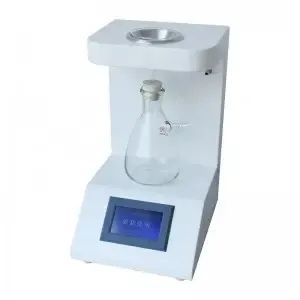 English
English


winding resistance test of transformer
Winding Resistance Test of Transformers
The winding resistance test of transformers is a critical diagnostic procedure used to evaluate the condition of transformer windings. This test measures the resistance of the windings, which is essential for assessing the quality of connections, checking for possible short circuits, and determining the overall health of the transformer. Understanding this test is vital for maintenance professionals and engineers to ensure reliable transformer operation.
The winding resistance test is typically performed using a precision ohmmeter or a low-resistance ohmmeter, capable of measuring small resistances accurately. Before conducting the test, it is essential to disconnect the transformer from any live circuits to prevent damage to the testing equipment and ensure safety. The test can be performed on both the primary and secondary windings, and it is crucial to note the temperature of the windings during the measurement, as resistance values can vary significantly with temperature.
winding resistance test of transformer

One of the primary purposes of this test is to identify any potential problems such as loose connections, damaged windings, or issues caused by moisture ingress. A high resistance reading may indicate a poor connection, while a significantly low resistance reading may suggest a short circuit or other serious fault within the winding. By analyzing the resistance values and comparing them to the manufacturer’s specifications, technicians can assess whether the transformer is operating within acceptable limits.
Additionally, performing a winding resistance test can help in evaluating the effects of aging and overheating, which can lead to winding degradation over time. Regular testing enables maintenance teams to detect issues early and take corrective action before they lead to equipment failure. Furthermore, the data collected from these tests can be used to establish baselines for future monitoring, allowing for trend analysis that can indicate potential future failures.
In conclusion, the winding resistance test of transformers is a fundamental part of transformer maintenance. It provides valuable insights into the operational condition of the equipment and helps ensure that transformers function reliably and efficiently. By routinely conducting this test, organizations can extend the life of their transformers, reduce unplanned outages, and improve overall system reliability.
-
Differences between open cup flash point tester and closed cup flash point testerNewsOct.31,2024
-
The Reliable Load Tap ChangerNewsOct.23,2024
-
The Essential Guide to Hipot TestersNewsOct.23,2024
-
The Digital Insulation TesterNewsOct.23,2024
-
The Best Earth Loop Impedance Tester for SaleNewsOct.23,2024
-
Tan Delta Tester--The Essential Tool for Electrical Insulation TestingNewsOct.23,2024





